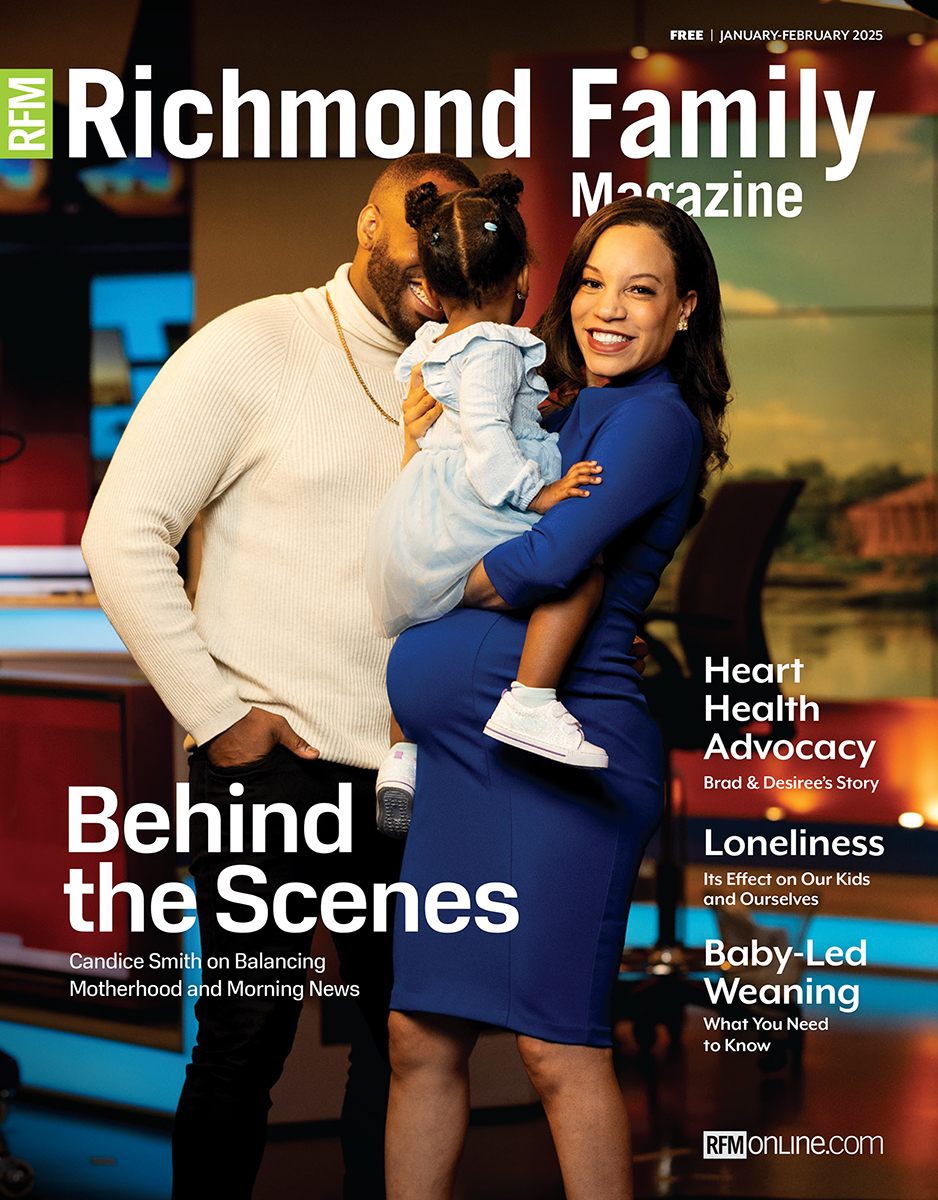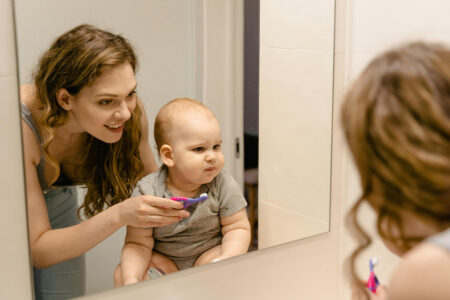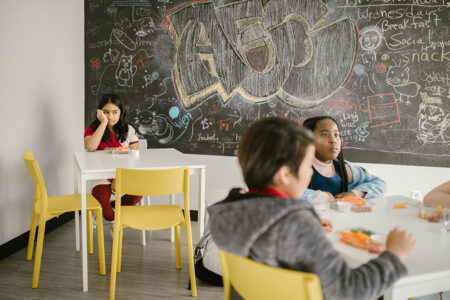Not too long ago, my 6-year-old daughter and I were at an event in town when we overheard another family speaking in Arabic. My daughter turned to me and said, “Mom, they speak Spanish, like you!” When I told her they weren’t speaking in Spanish, she said: “Well, what kind of English are they speaking?”
This was the first time I had the opportunity to explain to her that there were many different languages spoken not only around the world, but right here in Richmond as well. In fact, if you go to any public space in the Richmond area, odds are good you will find native speakers of English, Spanish, French, Telugu, Hindi, Chinese, Arabic, and Farsi, just to name a few. Teaching my daughter about all of these different languages was just the first step to raising her to be more culturally aware and to be a global citizen.

Here are five ways you can help instill in your children the respect and appreciation of other cultures without ever leaving Richmond.
1. Seek Out Events
If Richmond is known for anything, it is known for its festivals! And many of these events are not only fun for the whole family, but can also help your child see the world through a global lens. The ¿Qué Pasa? Festival is held on Canal Street each spring and is hosted by the Hispanic Chamber of Commerce. The VMFA presents a number of free family events each year as well. My family and I were very impressed with their celebration of the Chinese New Year as we celebrated the Year of the Dog. The Festival of India is another yearly event that draws in many Richmonders. And of course, there are numerous food festivals. The Jewish, Lebanese, and Armenian food festivals always draw big crowds. Not only do they have delicious and authentic food, but there is also dancing and music.
2. Try the Food
Sure, we have all heard of Meatless Mondays and Taco Tuesdays. How about, New Food Fridays? Introduce your children to new cultures by letting their taste buds explore the world. Start off with the basic staples many of us know and love, such as tacos and burritos, chicken curry, pad thai, or jerk chicken. Then, once your child is open to trying out new foods, try something completely different.
While enjoying the food, add to the table talk by introducing some cool facts on that food’s country of origin. Talk about the Great Wall of China while eating your chow mein, or talk about all the amazing animals that live in the Costa Rican rainforest as you eat your rice and beans.
There are tons of recipes online. (Pinterest anyone? And you can also look at What’s Cooking on the RFM website.) If your child is old enough, you can have him cook with you and add to the experience. If you aren’t savvy in the kitchen, a simple Google search will help you find restaurants of just about every ethnicity here in the Richmond area.
3. Use TV and Other Media
Long gone are the days of having to find the answer to all of your questions in an encyclopedia. With the plethora of TV shows, apps, and websites, we quite literally have the world at our fingertips. But sometimes all of that information can be overwhelming.
So where do you begin? Try to focus on one country each month. Start with the basic information and work your way from there. Remember those fun facts you were going to introduce at the dinner table? Start with those, and if your kids seem interested in learning more, help them do a Google search on that country or culture. Maybe your son or daughter wants to learn more about how the Great Wall was built. Do a quick YouTube search for the History Channel and the Great Wall, and you will find hours upon hours of great material. Remember to monitor your child’s Internet usage.
For the younger kids, TV shows can be a great help. Shows such as Dora the Explorer, Ni Hao, Kai-Lan, and Let’s Go Luna are mainstream television shows that introduce preschoolers to both the language and the culture of other countries. Some lesser-known TV shows are Bino and Fino (about a Nigerian brother and sister) and Burka Avenger (about a Pakistani teacher fighting for girls’ right to education). As children begin to see more and more characters who look or speak differently than themselves, they will slowly become more accepting of new ideas and cultures.
4. Visit Museums
Richmond has a wonderful selection of museums that are perfect for families and kids, and many of them are free. While the Virginia Holocaust Museum is recommended for middle school-aged children, the VMFA is definitely for all ages, and there are many cultures represented throughout its galleries.
5. Read Books
Of course, a list about any type of education wouldn’t be complete without mentioning books. Books are always a great resource to learn about any topic. But with the topic of other cultures and identities, reading can also be fun. You can decide if you want your child to read non-fiction books that are packed full of wonderful facts, or fictional books that are also great for learning about different cultures from around the world. A few of our favorite children’s fiction book options are: Ramadan Moon by Na’ima B. Robert, Kasia’s Surprise by Stella Gurney, The Colour of Home by Mary Hoffman, and Walter Tull’s Scrapbook by Michaela Morgan. And for slightly older readers: Boy Overboard by Morris Gleitzman, Tall Story by Candy Gourlay, and The Wheel of Surya by Jamila Gavin.
Read with your children and talk with them about the books afterwards. Let them ask questions, and ask them a few questions, too. See if you can relate what they read in the book back to something in your family’s life to make a deeper connection to the story.
Whether you do it through museum and festival visits, books and movies, or cooking, learning about new cultures doesn’t have to be hard or scary. In fact, it can actually be very fun. And who knows, you may even discover some new cultural traditions of your own!
Photo: Scott Schwartzkopf







